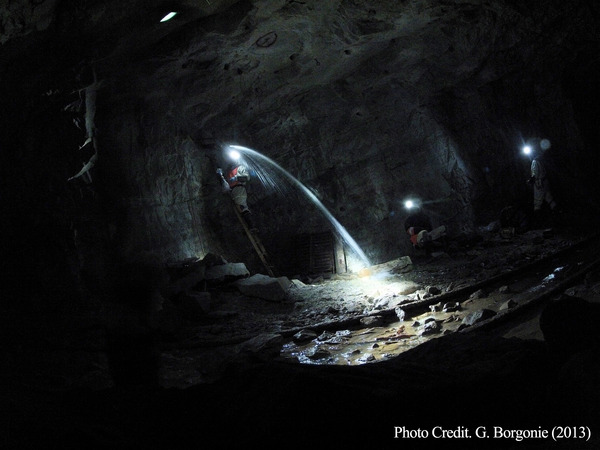ELSIセミナー
The Sleeping Giant: Ancient Waters of the Precambrian Shield and the Terrestrial Deep Biosphere
- スピーカー
- Speaker: Prof. Barbara Sherwood-Lollar (University of Toronto)
- 日付
- March 26, 2015
- 時間
- 15:30 - 17:00

The Sleeping Giant: Ancient Waters of the Precambrian Shield and the Terrestrial Deep Biosphere
B. SHERWOOD LOLLAR, G.HOLLAND, G. LACRAMPE-COULOUME, C. SUTCLIFFE, J. MCDERMOTT, O. WARR, T.C. ONSTOTT AND C.J. BALLENTINE
Ancient H2-rich fracture waters in the Precambrian continental subsurface, with groundwater residence times ranging from millions of years [1] to billions of years [2], provide evidence of a previously unrecognized domain of the terrestrial hydrosphere. Here we report on results from > 30 sites and > 250 samples and boreholes in continental Precambrian sites worldwide [3]. These ancient fracture waters, accessed via mines and underground research laboratories, contain mM concentrations of reduced gases (H2, CH4, ethane, propane, butane) as well as high concentrations of noble gases. This exploration of saline fracture waters more than a km below the Earth's surface in Precambrian continental crust has identified environments equally as H2-rich as the hydrothermal vents and spreading centers, and sustaining microbial communities of H2-utilizing methanogens and sulfate reducers [4].
First identified in Ne isotope results from the Witwatersrand basin in South Africa [2], novel radiogenic isotope signatures have now been shown to be a consistent feature of these deep waters [3]. Integration of the noble gas signatures with compositional and isotopic information for the reduced gases provide constraints on the residence time of the fracture waters, the degree of interconnectivity of different groundwater systems, and an estimate of the amount of time these waters have been isolated from the surface. This presentation will address the distribution of ancient fluids on a global scale [3]; and the controls of this deep hydrosphere on the biodiversity and distribution of the subsurface microbial biosphere.
References: [1] Lippmann-Pipke et al. (2011) Chem. Geol. 283, 287-296. [2] Holland et al., (2013) Nature 497, 367-360. [3] Sherwood Lollar et al., (2014) Nature 516, 379-382. [4] Lin et al. (2006) Science 314, 479-482.












